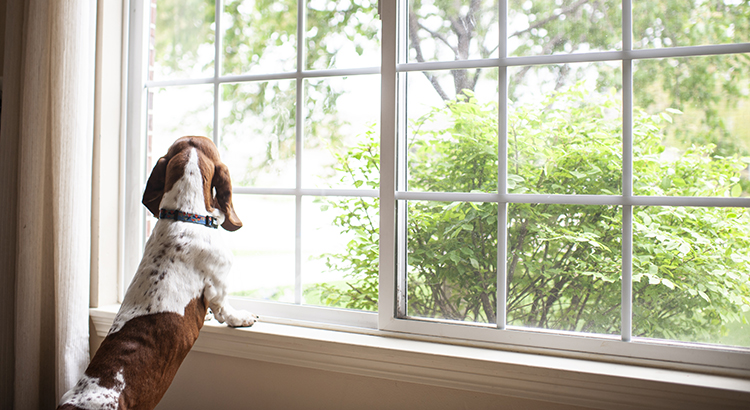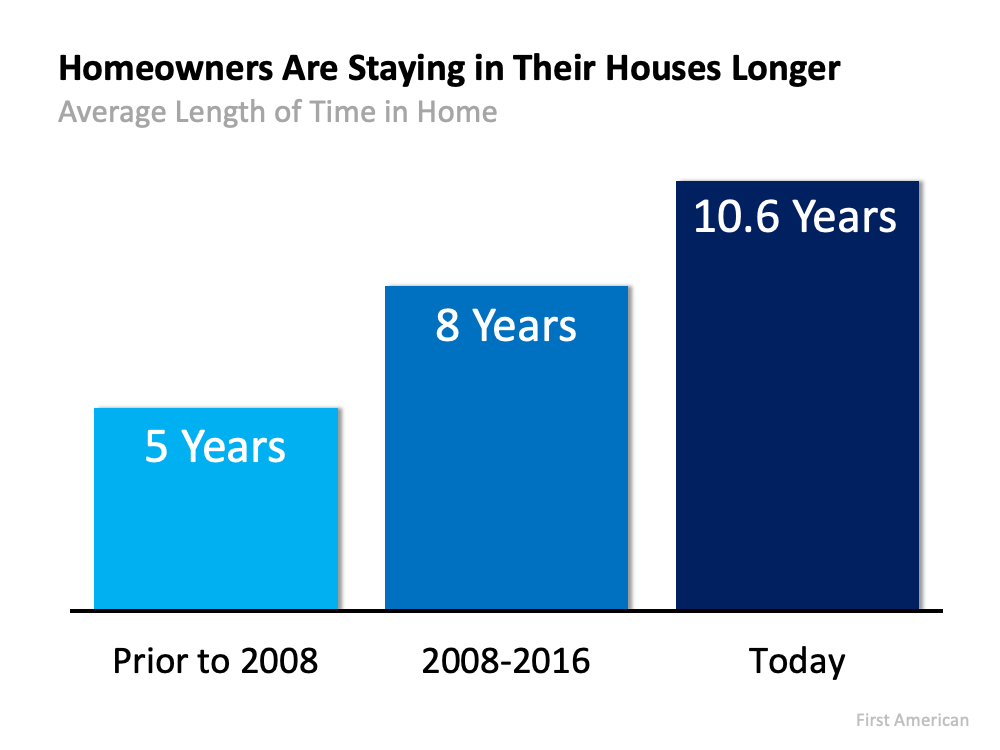|
|
|
Kathy Irvin
Realtor® Since 1988
E-PRO, PSA
- Experience, Integrity, Results
- Century 21 At your Service Realty
- (863)632-9127
- kathyirvin.c21@gmail.com
- www.Homes4Polk.com
|
|
|
Small deeds done are better than great deeds planned.
- Peter Marshall
|
|
|
Exploring the Spooky History
of Halloween
|
|
|
|
Each year on October 31, people in the U.S. and several other countries around the world celebrate Halloween by dressing up in costumes, going trick-or-treating, and watching scary movies. But did you know that Halloween dates back over 2,000 years, to the ancient Celtic festival of Samhain (pronounced sow-in)? Here are some fun facts you may not have known about the holiday’s history
|
|
|
|
Samhain
The Celts, who lived mostly in the areas that are now Ireland, the UK, and Northern France, celebrated their new year on November 1—a day that marked the end of the harvest and the beginning of the long, cold winter, during which death was more common. In honor of this transitionary period, they celebrated Samhain on the night of October 31, when it was believed that the spirits of the dead returned to earth. While these spirits were believed to cause trouble and damage crops, the Celts also thought that their presence enabled the Druids (Celtic priests) to make prophecies about the future. These prophecies would provide a source of comfort throughout the winter. To celebrate Samhain, the Celts would build bonfires, wear costumes that typically consisted of animal heads and skins, and make sacrifices to the deities in hopes of protecting themselves during the dark, brutal months ahead.
Roman festivals
By 43 A.D., the Roman Empire had mostly conquered the Celts. During their 400-year rule, Samhain was combined with two Roman festivals Feralia, which commemorated the passing of the dead, and a day to honor Pomona, the Roman goddess of fruit and trees. Apples were the symbol of Pomona, which may explain the origins of the modern-day tradition of bobbing for apples on Halloween.
All Saints’ Day
As Christianity spread into Celtic territory during the 9th century, it blended with older Celtic rituals. In 1000 A.D., the church declared November 2 All Souls’ Day, which is widely believed to have been an effort to replace Celtic celebrations of the dead with a similar, church-sanctioned holiday. As with Samhain, All Souls’ Day was observed with bonfires and costumes of devils, saints, and angels. The holiday was also called All-Hallows, and the night before it eventually came to be known as All-Hallows Eve or Halloween.
Modern times
In early American history, European Halloween practices combined with the beliefs and customs of the Native Americans to create a new, distinctive version of Halloween, which included the telling of ghost stories and all types of mischief. However, the holiday was not celebrated everywhere in the country until late in the 19th century, when a wave of new immigrants—particularly those fleeing the Irish Potato Famine—helped popularize Halloween nationwide.
Sources: history.com & allthatsinteresting.com
|
|
|
- 4 tablespoons unsalted butter
- 2.5 pounds leeks, white and light green parts only, washed well and thinly sliced (about 6 cups)
- 4 cloves garlic, roughly chopped
- 1 (15-oz) can pumpkin purée
- 1 apple, peeled, cored, and roughly chopped
- 6 cups low sodium chicken broth
- 5 tablespoons maple syrup
|
|
- 1-1/2 teaspoons salt
- 1/2 teaspoon ground cumin
- 1/8 - 1/4 teaspoon cayenne pepper, to taste
- 1-1/2 teaspoons chopped fresh thyme, plus more for garnish
- 1-1/2 teaspoons chopped fresh sage
- 1/4 cup heavy cream, plus more for garnish
|
|
- Melt the butter in a medium soup pot over medium heat. Add the leeks and garlic and cook, stirring occasionally, until softened, about 10 minutes.
- Add the pumpkin, apple, broth, maple syrup, salt, cumin, cayenne pepper, thyme and sage. Bring to a boil, then reduce the heat to low and simmer for 20 minutes more.
- Add the heavy cream. Use a stick blender to purée the soup until completely smooth. (Alternatively, cool the soup slightly and use a blender to purée in batches. Be sure to remove the center knob on the blender and cover with a dishtowel to avoid splatters.) Ladle the soup into bowls and garnish with a swirl of cream (see note below) and fresh thyme leaves, if desired.
- To add a swirl of cream that floats on top of the soup, whip a few tablespoons of cream with a whisk until ever so slightly thickened. Then use a teaspoon to drizzle and swirl the cream over the soup.
|
|
|
Is It Time To Move on to a New Home?

If you’ve been in your home for longer than five years, you’re not alone. According to recent data from First American, homeowners are staying put much longer than historical averages (see graph below): As the graph shows, before 2008, homeowners sold their houses after an average of just five years. Today, that number has more than doubled to over 10 years. The housing industry refers to this as your tenure. As the graph shows, before 2008, homeowners sold their houses after an average of just five years. Today, that number has more than doubled to over 10 years. The housing industry refers to this as your tenure.
To really explore tenure, it’s important to understand what drives people to make a move. An article from The Balance explores some of the primary reasons individuals choose to sell their houses. It says:
“People who move for home-related reasons might need a larger home or a house that better fits their needs, . . . Financial reasons for moving include wanting a nicer home, moving to a newer home to avoid making repairs on the old one, or cashing in on existing equity.”
If you’ve been in your home for longer than the norm, chances are you’re putting off addressing one, if not several, of the reasons other individuals choose to move. If this sounds like you, here are a few things to consider:
If your needs have changed, it may be time to re-evaluate your home.
As the past year has shown, our needs can change rapidly. That means the longer you’ve been in your home, the more likely it is your needs have evolved. The Balance notes several personal factors that could lead to your home no longer meeting your needs, including relationship and job changes.
For example, many workers recently found out they’ll be working remotely indefinitely. If that’s the case for you, you may need more space for a dedicated home office. Other homeowners choose to sell because the number of people living under their roof changes. Now more than ever, we’re spending more and more time at home. As you do, consider if your home really delivers on what you need moving forward.
It’s often financially beneficial to sell your house and move.
One of the biggest benefits of homeownership is the equity your home builds over time. If you’ve been in your house for several years, you may not realize how much equity you have. According to the latest Homeowner Equity Report from CoreLogic, homeowners gained an average of $33,400 in equity over the past year.
That equity, plus today’s low mortgage rates, can fuel a major upgrade when you sell your home and purchase a new one. Or, if you’re looking to downsize, your equity can help provide a larger down payment and lower your monthly payments over the life of your next loan. No matter what, there are significant financial benefits to selling in today’s market.
Bottom Line
If you’ve been in your home for 5-10 years or more, now might be the time to explore your options. Today’s low rates and your built-up equity could provide you with the opportunity to address your evolving needs. If you feel it’s time to sell, let’s connect.
|
Pros and Cons
of Hosting an Open House
|
|
|
|
Open houses have long been considered a staple in the process of selling a home. But many sellers have wondered if open houses are still worth the effort. While your realtor will be able to offer the most timely guidance based on the market and trends in your area, here are a few pros and cons of hosting an open house to consider
Pros
Maximize exposure for your home. The most significant advantage of hosting an open house is that it spreads the word that your home is on the market. Various people may attend—ranging from nosy neighbors to serious buyers—which increases the chances of the right buyer learning about your home. Even the process of promoting an open house through ads and street signs will help maximize visibility.
Provide a low-pressure browsing experience for buyers. Open houses allow a wide range of potential buyers, including those not working with a realtor, to tour your home with little to no pressure. In this more relaxed environment, buyers can take their time to explore and determine what they like about your home.
Cons
Low chances of a sale. While several people may attend an open house, the reality is that many of them are likely to be unqualified or not serious as potential buyers. Open houses are valuable for gaining exposure when your home is on the market, but it is rare that they directly result in an offer.
Security concerns. With multiple strangers wandering through the open house, it can be difficult for your agent to monitor everyone at all times, leading to the risk of theft or vandalism.
|
|
|
|
|